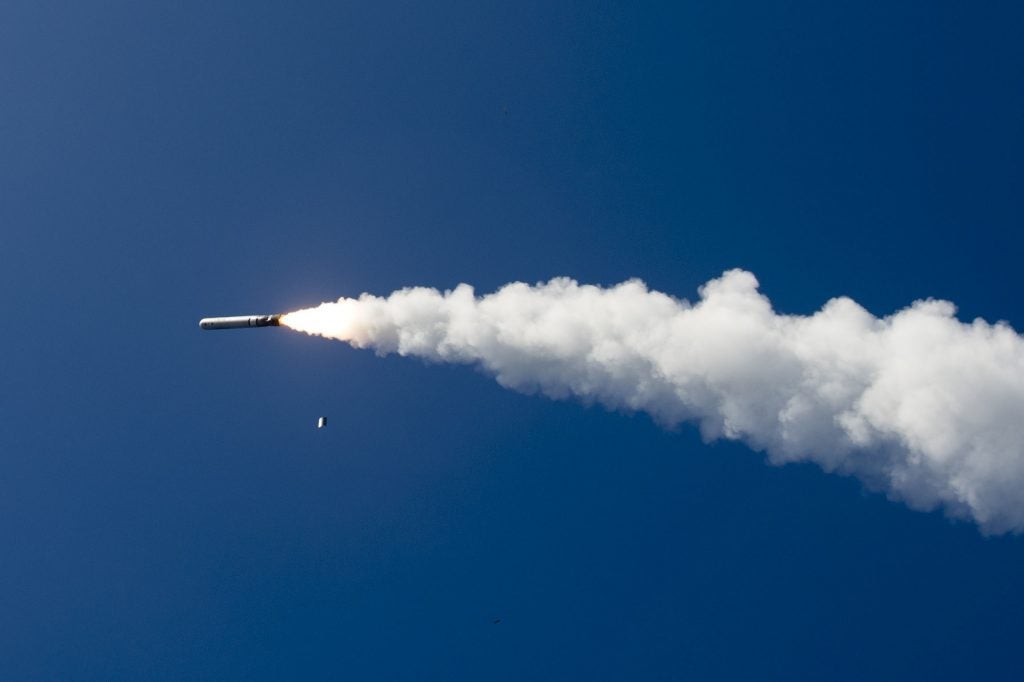Japan to Purchase up to 500 Tomahawks Amidst Military Budget Expansion
As a part of its planned massive defense spendings increase Japan plans to purchase up to 500 U.S.-made Tomahawk cruise missiles by the end of fiscal year 2027. The move comes amidst growing concerns over North Korea’s increased nuclear missile advancements, as well as China’s military growth combined with its repeated incursions into Taiwan’s air space.
This created a situation which rendered an attack on Japan’s territory a “palpable threat” according to the new National Security Strategy (NSS) published by Japan’s Ministry of Foreign Affairs, which also described expanding Japan’s missile capabilities as “key to deterring invasion against Japan”.
In conjunction with the purchase, Japan also plans on upgrading its own homemade Type 12 Surface-to-Ship missiles, so that they are capable of hitting overseas ground targets, with the first new missiles being expected to be ready around the year 2026.
Raytheon’s Tomahawk missiles would be a substantial upgrade over Japan’s current arsenal; they would be capable of striking targets as far as 1500 miles away compared to just 600 miles for Japan’s current missile inventory. The missiles are not new, but with the most modern Block V upgrades, they may prove potent against both land-based targets and those moving at sea. While Tomahawks are best known for being launched from ships, both the US Army and USMC are currently planning to field land-based launchers.
The new budget published by the Japanese government includes spending around $1.6 billion for Tomahawk missiles and $832 million for training personnel and maintenance costs. The exact number of missiles to be purchased is yet unknown, as neither government, nor Raytheon, have disclosed any specific number. However, according to the Japanese media, the total number might be as high as 500.
This comes as a part of Japan’s massive increase in military spending approved by the Cabinet in recent weeks, which aims to increase the country’s military budget by 2025, and which will be the biggest increase since the end of World War Two.

